16 Exceptional Places for Autumn Trips – Part I
Autumn in Poland is such a beautiful season that it is referred to with a special name: the „Golden Polish Autumn”. It is the perfect time to rediscover both well-known and lesser-known corners of Poland. In each of the 16 Polish voivodeships, you will find many such exceptional gems. The leaves on the trees in parks and forests, resplendent in a riot of colours in the autumn sunlight, invite you to go hiking or simply take a walk and explore these extraordinary places. The suggestions presented here, one selected from each voivodeship, should serve as inspirations for autumn trips during which you are bound to discover other interesting spots full of attractions available at this time of year.
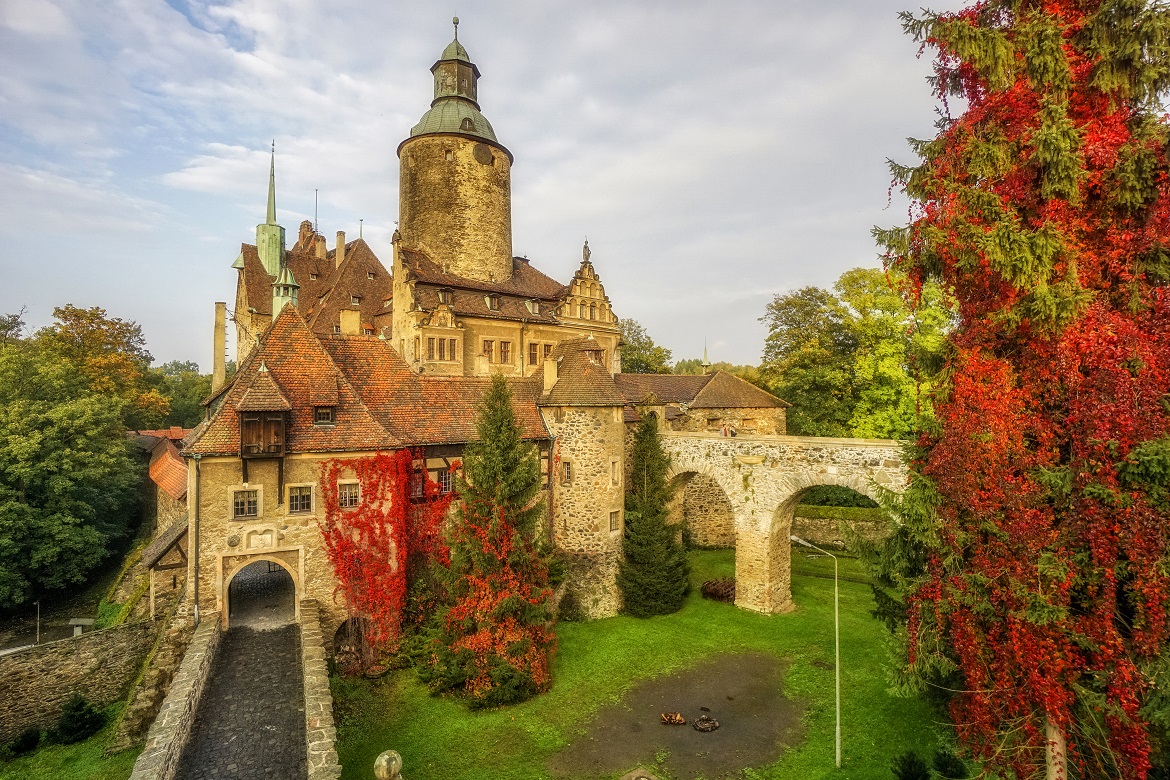
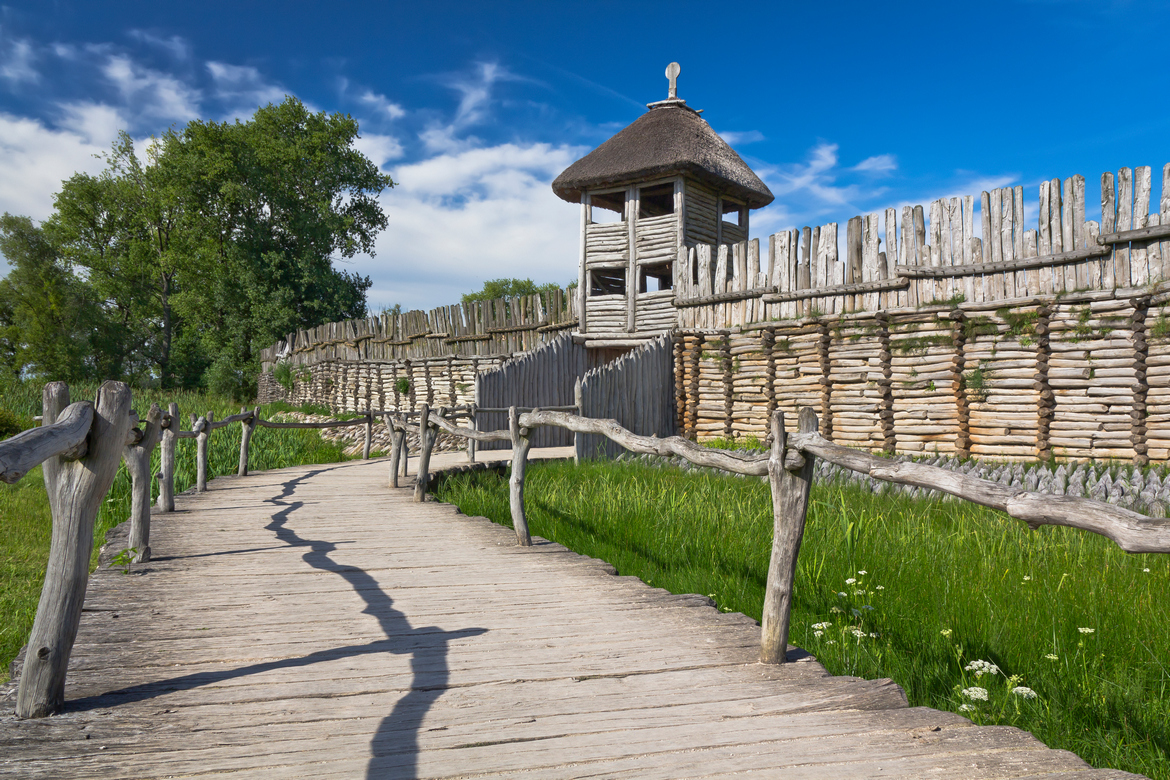
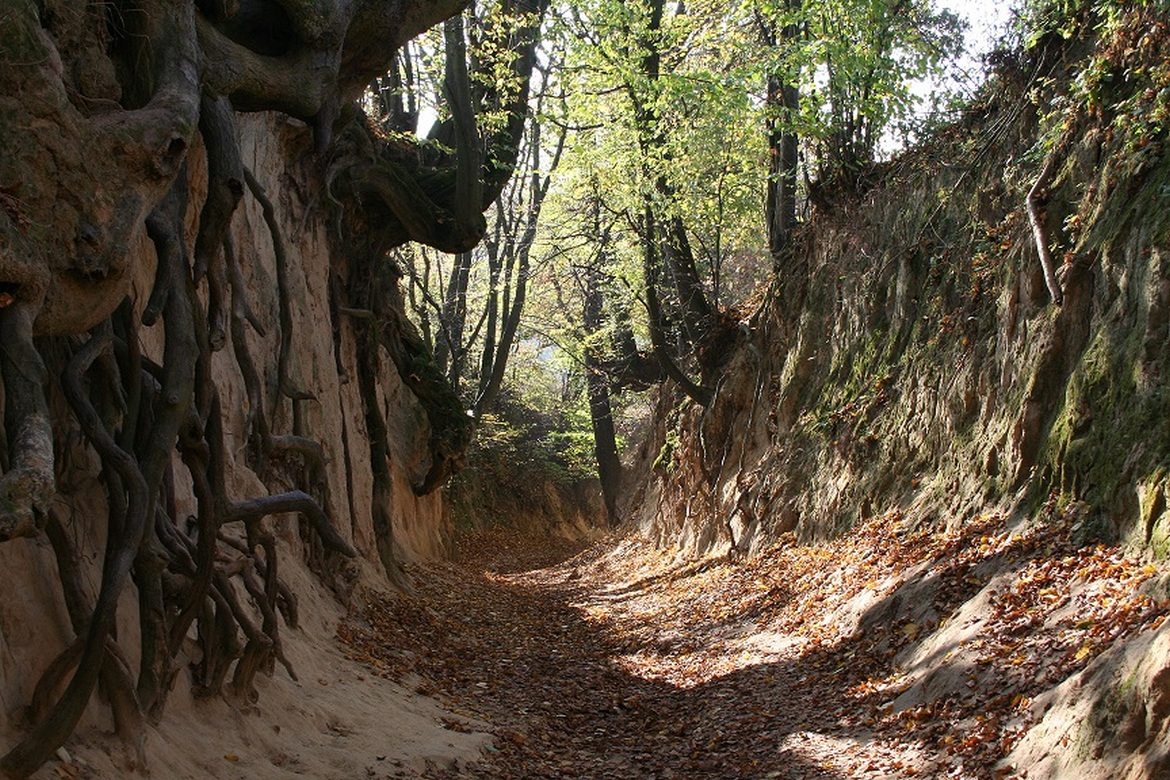
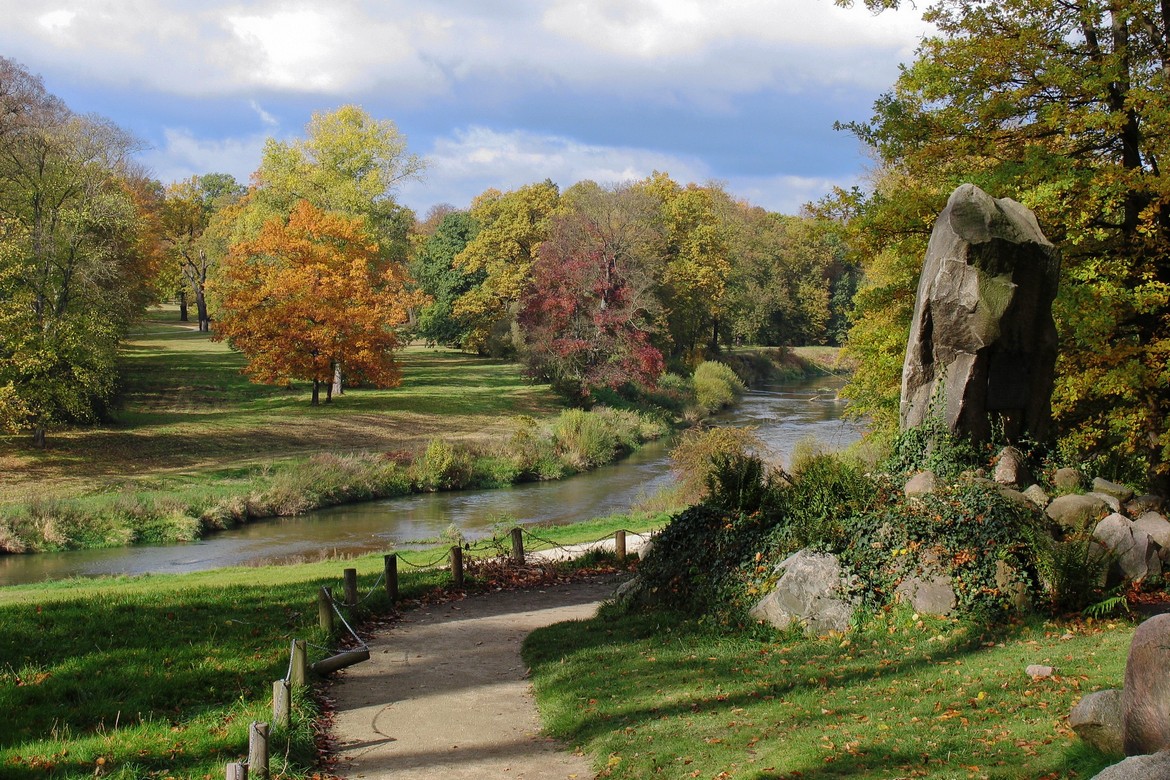
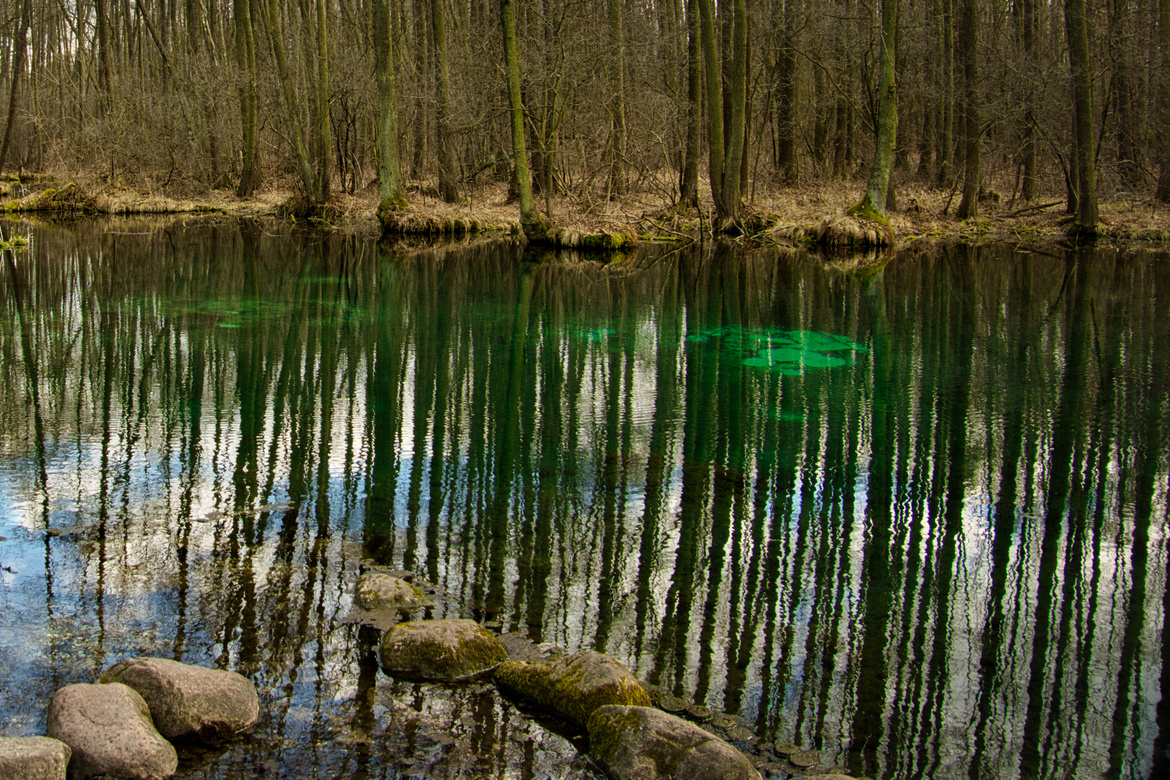
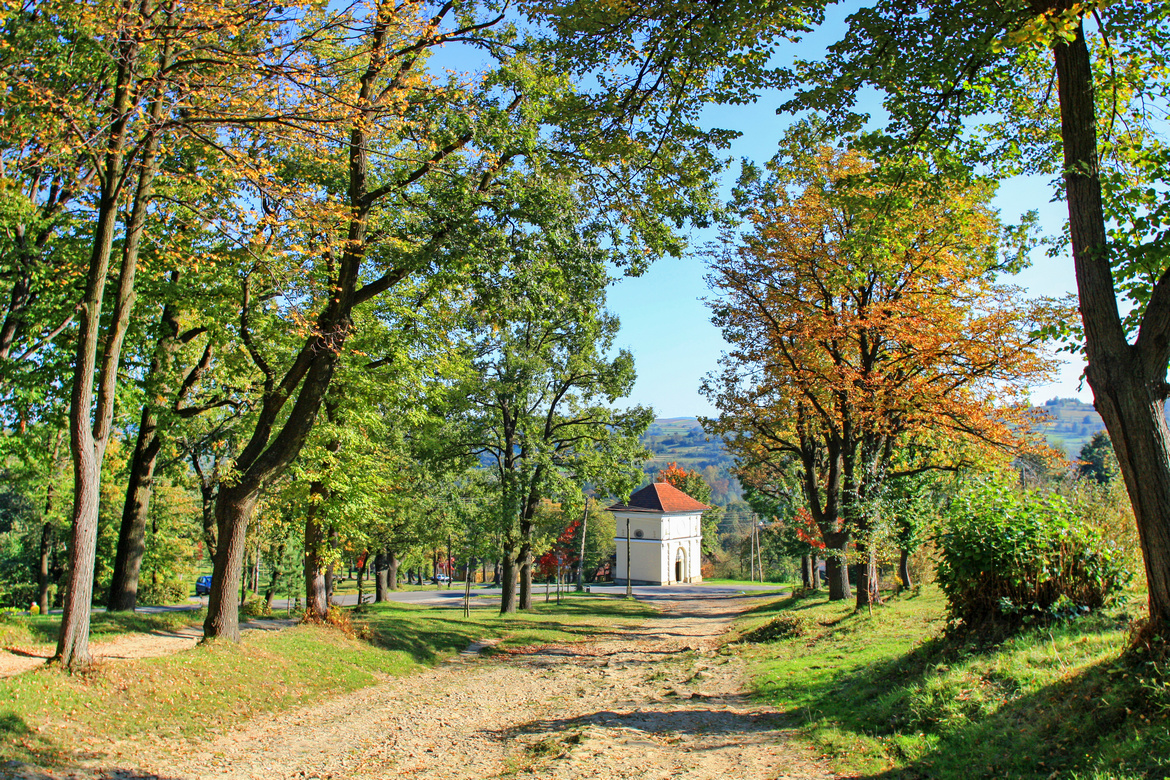
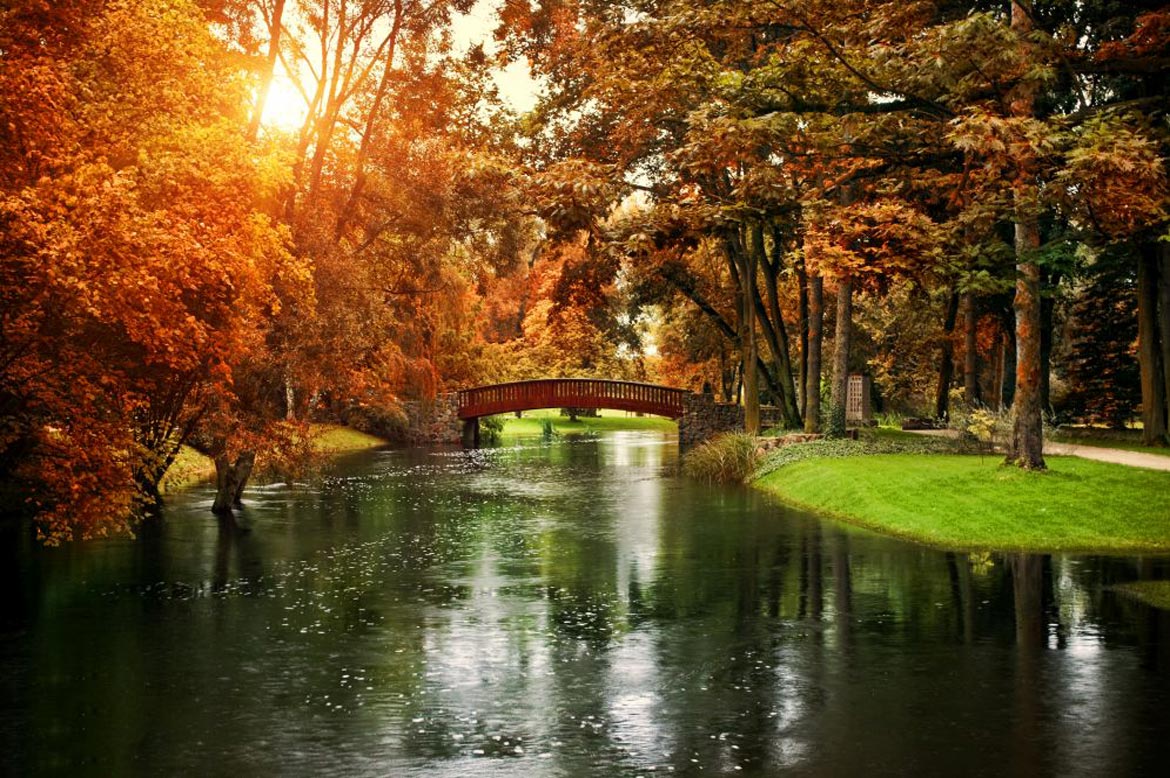
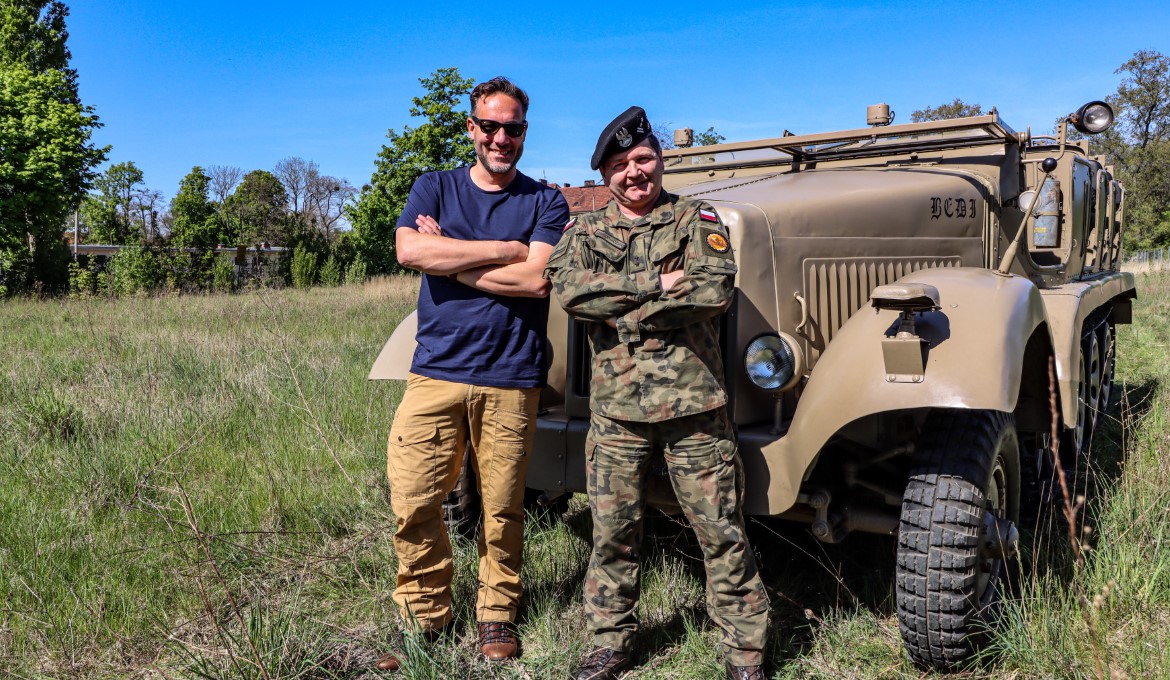
The first 8 suggestions are arranged in alphabetical order by voivodeship names. You can find the rest in the article: „16 Exceptional Places for Autumn Trips – part II”.
Dolnośląskie Voivodeship: In Search of Treasures – Czocha Castle
Any treasure seeker will tell you this is the best time to search for treasures. And where do you go looking for those? Lower Silesia, or the Dolnośląskie Voivodeship! A region full of hidden secrets and legends, with numerous castles and palaces. One of them is the Czocha Castle, which fires up the imagination of every explorer, old or young. This is thanks to the mysterious Ernst Gütschow, who, after buying the castle at the beginning of the 20th century, began its reconstruction. Nothing unusual about that, one might say, but the castle is still dotted with numerous hiding places, secret passages, and hidden chambers! Its underground part is shrouded in mystery to this day. The castle also houses a hotel, so maybe during your stay you will find secret doors leading to Ernst Gütschow’s treasure?
The Czocha Castle is a 13th-century fortress built on a hill overlooking Lake Leśnia in the village of Sucha. The architecture, location, and atmosphere of this castle are truly captivating and exceptional. You can relax within its medieval walls, feel connected to its ancient past and explore the history of the place and the region. As a tourist attraction, this castle offers many experiences for visitors: themed guided tours (also at night!) through historical chambers and secret passages, torture chambers, a curiosity room, and a puzzle room. It is also used for regular events, festivals, and all sorts of cultural and educational meetings. Its geographical location, historical significance, and aura of mystery often make the Czocha Castle a location for various film productions. Come and see it in autumn colours!
 Czocha Castle
Czocha Castle
Kujawsko-Pomorskie Voivodeship: Polish Pompeii – Archaeological Reserve in Biskupin
Although after the Biskupin Archaeological Festival (September) the reserve may be less crowded, it’s worth visiting this extraordinary place in the Kujawsko-Pomorskie Voivodeship to admire the reconstructions of prehistoric and early medieval structures in the beautiful autumn setting. Biskupin is the showcase of Polish archaeology. The settlement was discovered in the 1920s by a local history teacher who became interested in poles sticking out of the bottom of Lake Biskupin. It quickly turned out to be the remains of a wooden settlement inhabited by representatives of the Lusatian culture (8th-7th century BC).
The Biskupin Archaeological Museum is the most famous excavation site in Poland and the most well-known archaeological reserve in Central Europe. It operates as a museum, with full-scale on-site reconstructions of three settlements, focused, respectively, on the first farmers, the so-called longhouses from 6,000 years ago, a Lusatian settlement from the Bronze Age from 2,700 years ago, and an early medieval settlement (10th/11th century). Not only a fragment of a stronghold was reconstructed here, but also an institution dedicated to experimental archaeology was added in this largest archaeological open-air museum in Poland.
 Biskupin Archaeological Museum
Biskupin Archaeological Museum
Lubelskie Voivodeship: An Autumn Stroll in the Land of Loess Gorges
It’s safe to say that Kazimierz Dolny is a picturesque place perfect for trips at any time of the year. An autumn outing to this charming town, located in the Land of Loess Gorges, is an excellent opportunity to discover many other diverse attractions in the vicinity and throughout the Lubelskie Voivodeship. The Land of Loess Gorges stands out with its numerous tourist assets, whether recreational, cultural or related to the unusual landscapes. Its hallmark is a dense network of loess gorges with rich flora and fauna and diverse terrain. Scenic trails lead through well-known gorges like Korzeniowy Dół, Plebanka, and Norowy Dół.
Walking through these gorges covered with fallen leaves, hidden amid beautiful forests, will surely be a pleasant memory and allow you to commune with nature. There will be much to talk about on winter evenings!
 Gorges like Korzeniowy Dół
Gorges like Korzeniowy Dół
Lubuskie Voivodeship: Autumn in the Largest English-Style Park in Poland and Germany – Muskauer Park
You can admire beautiful autumn scenery in the transboundary Polish-German Muskauer Park, featured on the UNESCO World Heritage List since 2004. Known on the Polish side of the border as Park Mużakowski, it is the largest English-style park in Poland and Germany, spanning both banks of the Lusatian Neisse River, called the Nysa Łużycka in Polish. Several hiking, cycling, and Nordic walking trails traverse the park, which was designed as a landscape painting using plants, with local vegetation used to enhance the beauty of the landscape. The highlight of Muskauer Park is a beautiful castle.
An additional advantage of the Muskauer Park is its location within the Łuk Mużakowa Landscape Park and the UNESCO Łuk Mużakowa Global Geopark, the only site in Poland belonging to the Global Geoparks Network. It features over 100 reservoirs in former lignite coal mines, with water varying in colour depending on its chemical composition. The most interesting objects have been showcased along the „Former Babin Mine” geotourism route, which includes a nearly 30-metre-tall observation tower.
 Muskauer Park
Muskauer Park
Łódzkie Voivodeship: Water and caves, or „Okrąglica Tomaszowska”
You can admire the beauty of autumn in many interesting places in the Łódzkie Voivodeship. The city of Łódź itself offers a multitude of green areas for walks and trips, including the largest municipal forest in Europe (1,200 hectares): the Łagiewniki Forest.
In this region, it’s also worth experiencing the „Niebieskie Źródła” Reserve with its turquoise springs, the Pilica River Open-Air Museum – the first museum in Poland dedicated to the river, and „Groty Nagórzyckie” Underground Tourist Route in man-made sand excavation chambers. These three sightseeing ideas are included in one tourist offer, known as „Okrąglica Tomaszowska”. The name of this „tourist product” from Tomaszów Mazowiecki refers to the charming bends of the Pilica River, as the attractions are located on both sides of it. The bubbling springs with sand thrown up by the spring water and the cacophony of multiple bird species in the reserve, a mill powered by a Francis water turbine, an armoured artillery tractor of the Luftwaffe in the open-air museum, not to mention the thrill of exploring underground chambers: all these will surely be remembered for a long time.
 „Niebieskie Źródła” Reserve
„Niebieskie Źródła” Reserve
Małopolskie Voivodeship: Autumn nostalgia on the paths of Kalwaria Zebrzydowska
The Małopolskie Voivodeship is a treasure trove of tourist attractions, including exceptional places for an autumn trip. Whether it’s nature or culture, there is plenty to choose from. How about taking an exceptional autumn walk along the winding paths that climb among 42 chapels and churches in Kalwaria Zebrzydowska? These winding paths stretch for over 6 kilometres, blending into the surrounding mountains to resemble the holy places in Jerusalem. One undeniable reason to visit Kalwaria Zebrzydowska is that in 1999 it joined the UNESCO World Heritage List, under the name of the Mannerist Architectural and Park Landscape Complex and Pilgrimage Park. The most valuable sacral monument of the complex is the image of Our Lady of Kalwaria in the Zebrzydowski Chapel.
Come to Kalwaria Zebrzydowska and see the beautiful cultural landscape imbued with spiritual values, where natural elements and works of art come together harmoniously, and the splendour of baroque architecture is skilfully incorporated into the natural landscape.

Kalwaria Zebrzydowska
Mazowieckie Voivodeship: Following the Chopin Trail in an Autumn Mood
In the Mazowieckie Voivodeship, you will find many places associated with our greatest composer, Frederic Chopin. His works fit perfectly with the inspirational atmosphere of autumn trips. It’s worth seeing with your own eyes the spaces that inspired him and shaped his musical genius. Among them is his birthplace in Żelazowa Wola. Today, it is a museum with a beautiful park where concerts and recitals are held regularly. The museum itself, an old Polish manor house with an exhibition dedicated to the composer, as well as a modern educational centre, are hugely popular. The park in autumn scenery is a feast for the senses!
Of course, when it comes to Chopin, one mustn’t forget the Royal Łazienki Park in Warsaw. You can admire one of the most iconic views of the capital in this beautiful park: the statue of Chopin sitting under a willow tree. The Łazienki Park itself is a dreamy place for autumn strolls. It’s a park and palace complex, best known for its relaxing green areas and the magnificent Palace on the Island. Visit this wonderful park, and among the trees adorned in autumn colours you’ll likely encounter charming squirrels storing up for winter and colourful peacocks proudly strutting along the pathways.
 Park in Żelazowa Wola
Park in Żelazowa Wola
Opolskie Voivodeship: Autumn Hues on an Extinct Volcano – Góra Św. Anny
Located in the Opolskie Voivodeship in the western part of the Silesian Upland, Góra Św. Anny (St. Anne’s Mountain) derives its modern name from the patron saint of the church and Franciscan monastery situated at its summit and on the western and northern slopes of the village bearing the same name. A landscape park and national geopark have been established in its area. This place is worth visiting not only for its natural assets, as it also has a sanctuary. The basilica is famous for its miraculous figurine and relics of St. Anne , the mother of Mary of Nazareth. There’s also a monastery complex with a museum featuring religious collections, a grotto carved in the likeness of the Sanctuary of Our Lady of Lourdes, a Calvary park, and an insurrection monument in the form of four granite pylon blocks, designed by Xawery Dunikowski. In 2004, Góra Św. Anny, within the landscape park, was recognised as a historical monument.
Geologically, Góra Św. Anny is quite interesting, too. 27 million years ago, it was an active volcano that eventually collapsed. Evidence of this can be seen in the inactive quarries with nephelinite, a volcanic igneous rock with a fine-grained porphyritic structure. There are also two former limestone quarries in the area.

Landscape Park Góra św. Anny

